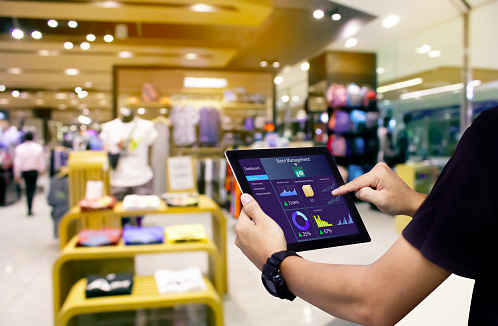The term product configuration is also known as product customization or knowledge-based configuration. These terms are linked to the process of customizing a product in adherence to the needs of a specific customer.
Product configuration may be carried out by the customer (via an eCommerce channel) or by a sales engineer. It can also be performed automatically with the use of a software solution. This article will delve further into product configurations and how they can benefit your business.
What is the purpose of product configuration?
Product configuration helps businesses effectively conform to customer requirements whilst also assuring the customer that their needs will be met with an accurate quote. Beyond this, further benefits include:
- The faster production of quotes due to efficient configuration selections. On a similar note, quotes are generated more accurately as the customer’s needs are explicitly outlined.
- When automation is adopted, the configuration makes expert knowledge of products readily available to sales teams. This means that the process of discussing a product runs more smoothly, especially with new members of the team. Ultimately this increases the perceived professionality of your company, in turn aiding customer retention rates.
- Product configuration simplifies the details of complex products. Products with various details regarding capabilities or features/options are configured by the customer. This means that time is effectively saved on the creation of an extensive product catalog, but also ascribes more time to sales reps.
- The process of manufacturing and creating visual proof of concept is significantly shortened.
- When automation is used, human error is eliminated. This means that products with complex configurations are made much easier to handle.
What marketing approaches is product configuration applicable to?
Before product configuration can be carried out, businesses are encouraged to determine how they will approach it. Many companies will opt to use product configuration as an internal tool. This use means that BOMs (bills of materials) will be generated.
Other companies will utilize product configuration as a means of supporting their sales teams. In other cases, product configuration will be used at the front end of a business. This means that the concept of a salesperson is eliminated, with the configuration process becoming self-serviced.
What types of businesses use product configuration?
As well as there being a variety of marketing approaches which configuration merges with, there are also some business models.
Project-based businesses –
These businesses approach their management strategy by focusing on delivery projects. The delivery of these projects can take many hours. Each solution tends to be tailored. In turn, this creates difficulty surrounding consolidated volumes, reuse, and leveraging continuous improvements. On the other hand, there are of course repeatable elements across various projects.
These elements are supported by product configuration regarding a central building system. This system is then able to be governed separately from the projects described. In this scenario, the product configurator is likely to be used in the front end of the business and is likely to have a digital thread to the back end. This thread is used to ensure efficiency/consistency.
Product-based businesses –
These businesses use product catalogs to list a variety of fixed products. Because the products vended by such businesses are predefined, a configurator is not necessary at the front end of the company or its sales process. In this scenario, the main use of a product configurator would be for the correct selection of products.
In other words, it can be used as a tool to guide the sales process (AKA a guided selling tool). When applied to the back end of a product-based business, a configurator can be used by research and development departments.
The R&D department would therefore use the configurator to create a bill of materials (BOM). The configurator would ensure that each product is the correct combination in the case that products are made from what is referred to as a modular product platform.
Configuration-based businesses –
These businesses offer orders that are unique from one another. This means that at the front end of the company, customers are given choices, enabling them to entirely customize their orders based on their needs.
In this scenario, the configurator is required to pose the correct questions and offer the correct solution and products in response. In the back end, a BOM must be created to initiate order delivery. Other processes include ERP and PLM. At this point, the process becomes incredibly complex.
Read Also: Key Factors That Lead to IT Project Failures
What are the types of product configurations?
Alongside the number of product configurators come different types of product configurations in general.
- Make-to-order: With make-to-order configurations, production occurs once the order has been placed.
2. Engineer to order: Engineer to order is the most complex type of configuration, requiring a large amount of patience.
3. Configure to order: Configure to order adopts a modular system and matches components to the needs of the customer.
4. Assemble to order: Individual components are produced ahead of orders being made, preempting demand.
5. Pick to order: Here, users select each component, whilst considering the dependencies of the components. Pick-to-order is commonly used by eCommerce stores.
6. Select to order: Each component is selected by the customer and none of them are interdependent.
Conclusion
Ultimately, product configurations offer a variety of options and freedom for businesses. The benefits product configuration offers include fastener quote production and the simplification of complex products.








